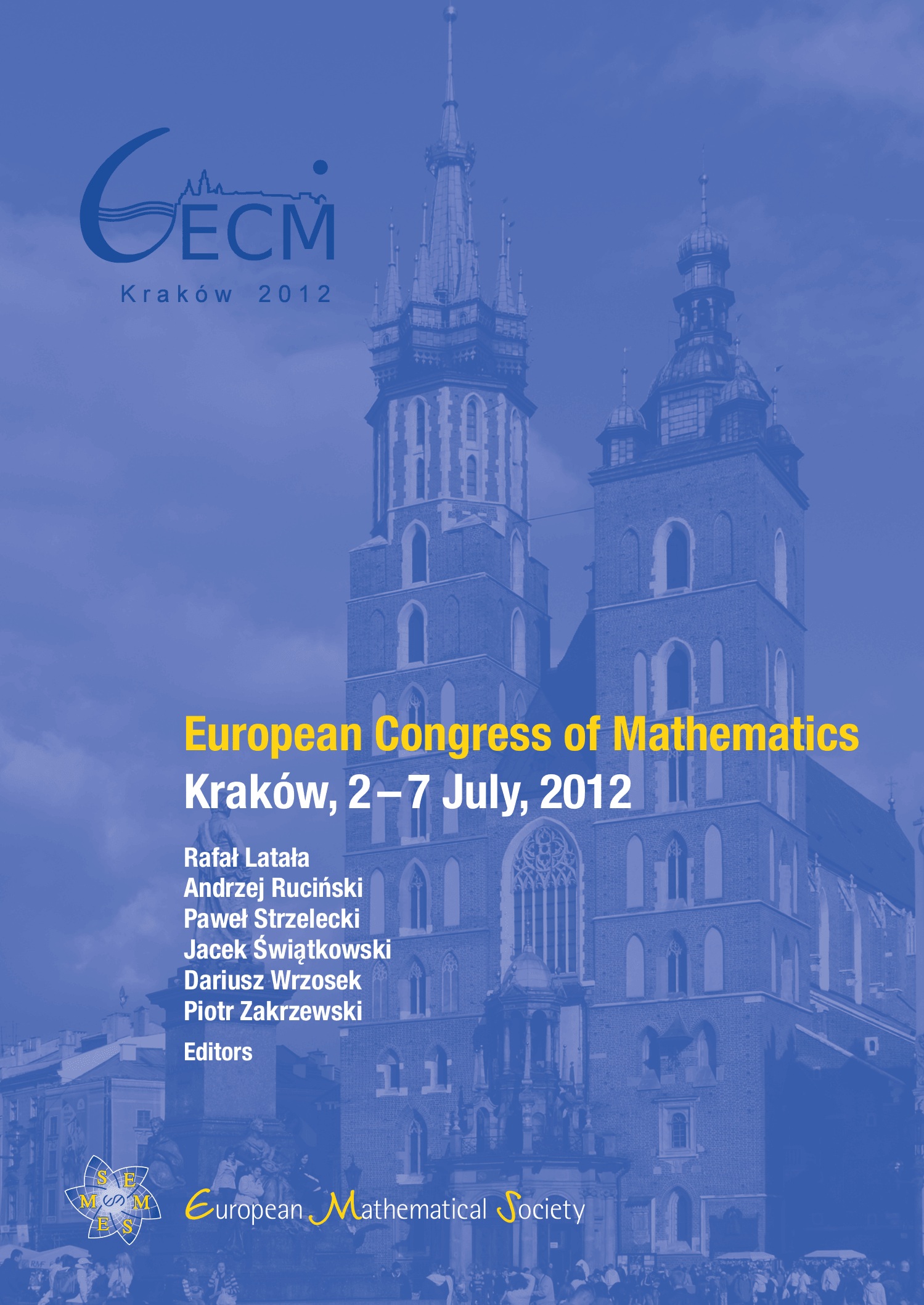Optimal control theory and some applications to aerospace problems
Emmanuel Trélat
Université Pierre et Marie Curie (Paris 6), France

A subscription is required to access this book chapter.
Abstract
In this proceedings article we first shortly report on some classical techniques of nonlinear optimal control such as the Pontryagin Maximum Principle and the conjugate point theory, and on their numerical implementation. We illustrate these issues with problems coming from aerospace applications such as the orbit transfer problem which is taken as a motivating example. Such problems are encountered in a longstanding collaboration with the european space industry EADS Astrium. On this kind of nonacademic problem it is shown that the knowledge resulting from the maximum principle is insufficient for solving adequately the problem, in particular due to the difficulty of initializing the shooting method, which is an approach for solving the boundary value problem resulting from the application of the maximum principle. On the orbit transfer problem we show how the shooting method can be successfully combined with a numerical continuation method in order to improve significantly its performances. We comment on assumptions ensuring the feasibility of continuation or homotopy methods, which consist of deforming continuously a problem towards a simpler one, and then of solving a series of parametrized problems to end up with the solution of the initial problem. Finally, in view of designing low cost interplanetary space missions, we show how optimal control can be also combined with dynamical system theory, which allows to put in evidence nice properties of the celestial dynamics around Lagrange points that are of great interest for mission design.